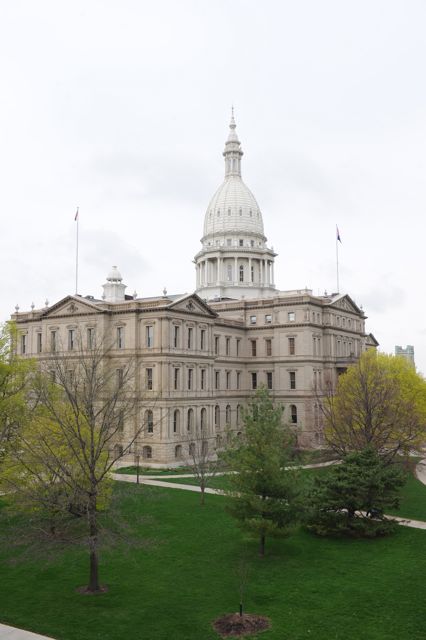TogetherGreen, an alliance between the National Audubon Society and Toyota, is accepting applications for its Conservation Fellowships and Innovation Grants.
Through TogetherGreen Conservation Fellowships, forty promising individuals (half from the Audubon network and half from external organizations) will be chosen for their leadership potential, skills, and commitment to engaging people of diverse backgrounds in conservation action. Fellows receive a $10,000 grant, assistance launching a conservation action project, and specialized training. They also become part of an alumni network of conservation professionals from across the country. Fellowship candidates must have at least six years’ experience in some aspect of the environment.
TogetherGreen Innovation Grants annually provide funding that enables the Audubon Society and its partners to support activities that engage people in conservation action and create healthier communities. Grant funds will be awarded to Audubon’s broad national network — including Audubon chapters, programs, centers, sanctuaries, and independent Audubon groups — each working in partnership with one or more external organizations. Recipients will be chosen based on their innovative ideas for achieving conservation results focused on habitat, water, and energy. Selected grants will also need to demonstrate how they are reaching new and diverse communities and helping people get engaged in local conservation action.
Audubon will select a minimum of forty proposals and provide more than $1 million in total support. Grants will range from $5,000 to $80,000 each, with the majority averaging roughly $25,000.
Visit the TogetherGreen Web site for complete application information.
Contact:
Link to Complete RFP

